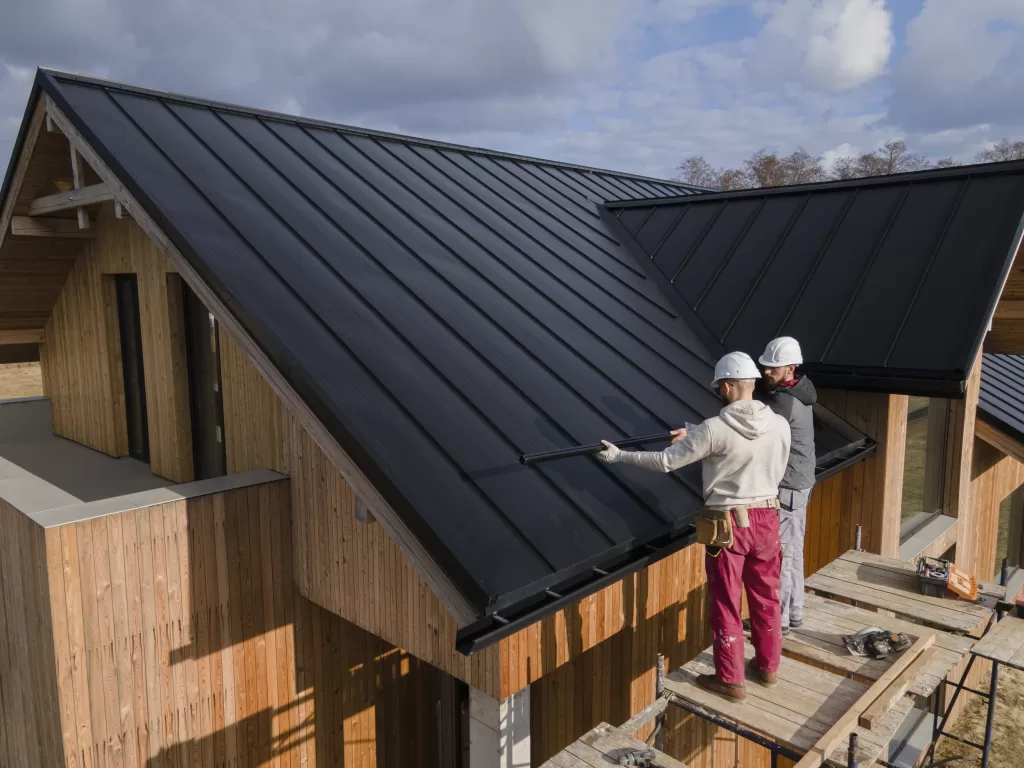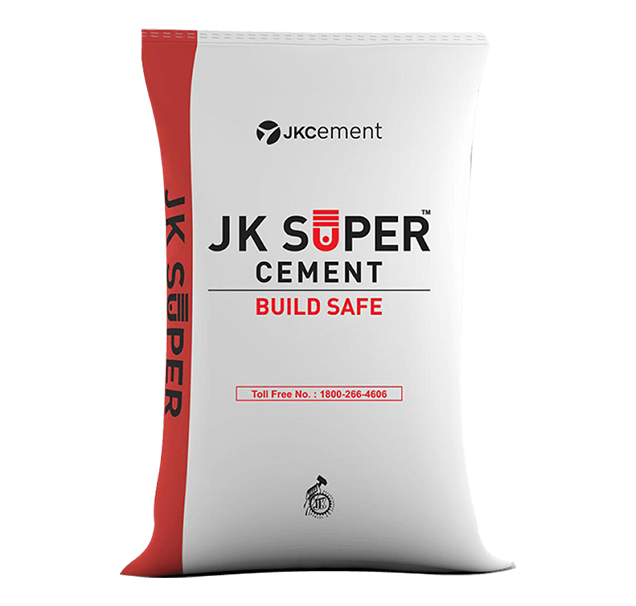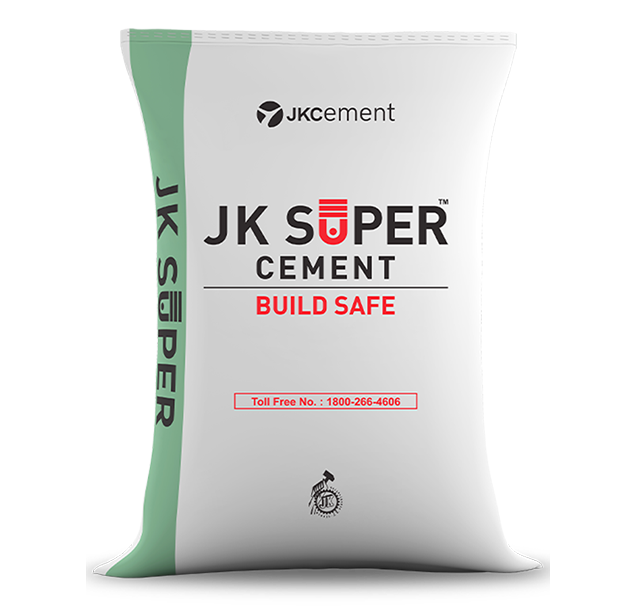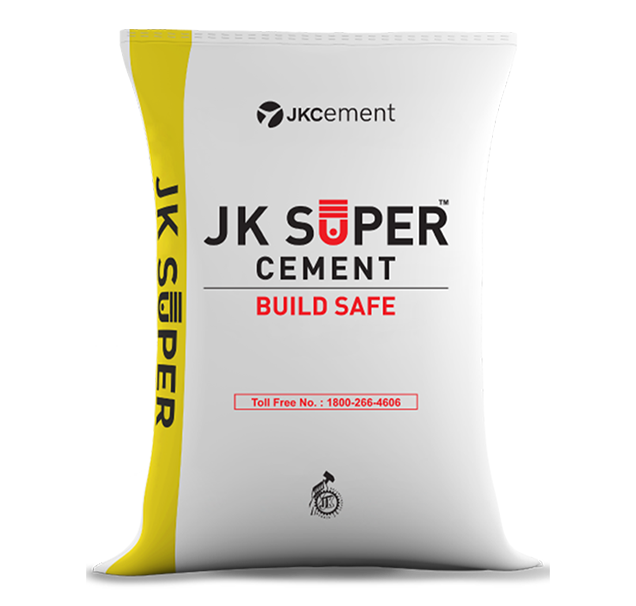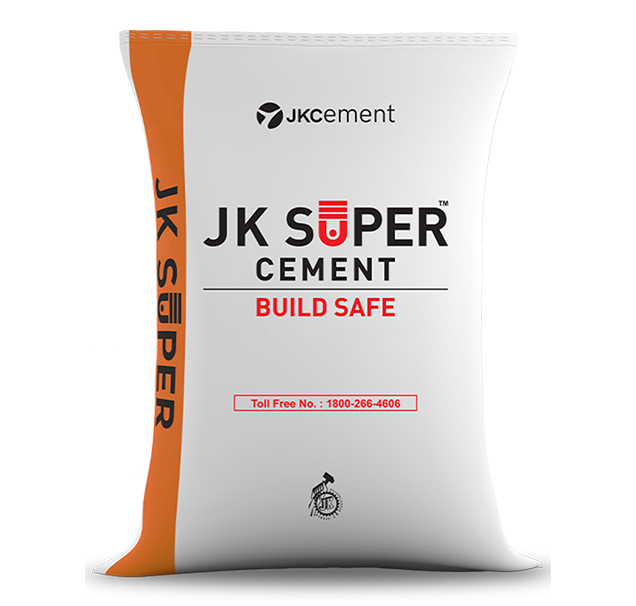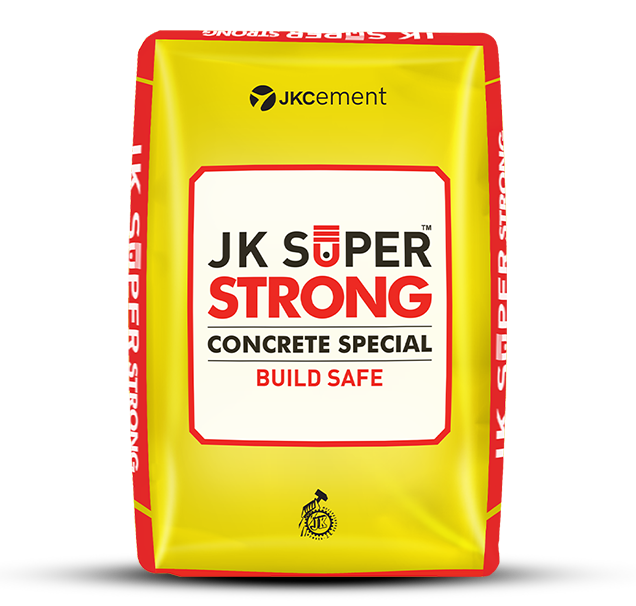Every detail matters when you are building new house. Therefore, choosing the perfect roof style for you becomes a vital decision. Afterall, this is going to be the roof you will stay under. Among the numerous roof styles, pitched roofs are a preferred choice as they provide the desired protection and blend seamlessly with the aesthetic requirements, whether you want a traditional look or a modern appeal. Read on to learn more about pitched roof types and their advantages.
What is a Pitched Roof?
A pitched roof is a roofing structure having a sloping surface with steep incline. Pitched roofs have a distinct angle that helps to shed water, snow, and debris efficiently. This design is preferably used in providing superior drainage and to protect the structure from adverse weather conditions. Pitched roofs are prevalent in various architectural styles worldwide, from traditional cottages to modern residences and commercial buildings.
Types of Pitched Roof
The steepness of a pitched roof not only influences its architectural style but also influences its performance in different weather conditions. Let us delve into the specific types of pitched roofs:
Lean-to-roof:
This roof is also known as a shed roof. It has a single sloping surface that extends from a higher point on one side to a lower point on the opposite side of the structure. This design creates a modern and sleek appearance and is used in contemporary architectural styles. It is commonly employed in extensions, porches, or sections of buildings where a single slope is sufficient for water drainage.
Coupled roof:
It consists of a pair of rafters having slopes to both sides joined together at a right angle. It allows for a versatile use of space within the structure and can accommodate different functional areas.
Key Features:
-
- Provides a visually appealing structure with varied roofline.
- Enhances interior space utilisation by accommodating distinct areas under each slope.
- It is suitable for larger residential or commercial structures with complex layouts.
- Provides a visually appealing structure with varied roofline.
Collar roof:
In this type of roof, horizontal beams, or collars with a flat surface are placed and connected under the rafters at a higher point within the attic space. This design adds structural support and prevents the walls from spreading under the weight of the roof, allowing for increased stability.
Key Features:
-
- It provides increased headroom or storage space within the attic.
- Commonly used in older or historical buildings to reinforce roof structure.
- Suitable for areas requiring wider spacing between supports.
- It provides increased headroom or storage space within the attic.
Gable roof:
It is one of the most classic and recognisable pitched roof styles having two sloping sides that meet at a central ridge. This design also forms a distinctive L or T shape structure. The triangular gable ends formed by the slopes are a prominent feature in many residential and commercial buildings. It allows for a versatile use of space within the structure and can accommodate different functional areas.
Key Features:
-
- Efficiently sheds water and snow.
- It provides ample attic or storage space.
- Allows for good ventilation and natural light.
- Efficiently sheds water and snow.
Hip roof:
it consists if slopes on all sides with each side having equal length and meeting at the top to form a ridge. This design offers excellent stability and resistance to strong wind pressures, making it popular in areas prone to hurricanes or high winds.
Key Features:
-
- It provides even drainage on all sides.
- Offers extra living space in the attic.
- It is a resilient design for areas with extreme weather conditions.
- It provides even drainage on all sides.
Purlin roof:
It is a structural design commonly used in pitched roofs to provide support to the rafters and distribute the weight of the roof. Purlins are horizontal structures that are placed perpendicular to the rafters or trusses spanning between the mainframes of the roof. They are positioned parallel to the ridge line to provide intermediate support for the rafters or trusses.
Key features:
-
- They have enhanced stability due to purlins preventing sagging and reinforcing against wind forces.
- They offer easy installation making it practical and efficient in construction.
- Space between purlins allows for improved ventilation and insulation.
- They have enhanced stability due to purlins preventing sagging and reinforcing against wind forces.
Key Features:
-
- Efficiently drains water to one side.
- Simplified construction compared to more complex designs.
- It is well suited for smaller structures or spaces like verandas or span rooms.
- Efficiently drains water to one side.
What are the Advantages of Building Pitched Roofs?
Having several types and purposes, choosing pitched roofs can provide you with various advantages.
-
- Effective water drainage: Pitched roofs efficiently shed water, preventing the roof from water pooling and other potential water damages. The slope on the pitched roofs directs rainwater and snow away from the roof’s surface and reduces the issues of leaks and structural deterioration.
-
- Enhanced durability: Pitched roofs, with their design focused on shedding elements like rain, snow, and debris, tend to be more durable and long-lasting. Because of the enhanced durability, pitched roofs allow for reduced maintenance and repair costs over time.
-
- Improved ventilation and insulation: The attic space in pitched roofs offers a natural ventilation system as it allows air to circulate more freely. Additionally, the attic provides ample space for insulation and helps in regulating indoor temperatures more effectively.
-
- Aesthetic appeal: From classic gable roofs to modern mono-pitched designs, the flexibility of design options of pitched roofs allows for architectural customisation and added visual features to the structure.
-
- Withstanding extreme weather: Pitched roofs, especially those with steeper pitches, have increased resistance to intense winds, making them a suitable option for regions prone to hurricanes or heavy storms.
-
- Space Utilisation: The slopes of pitched roofs, especially in designs like hip roofs or coupled roofs, provide a usable attic that you can use for various purposes like storage, study room, or more.
Craft your vision and build resilient structures using JK Super Protect Weather Shield Cement from one of the leading cement manufacturers in India – JK Cement.
FAQs
What is the advantage of a pitched roof over a flat roof?
A pitched roof offers better drainage, snow-shedding capability, and increased durability compared to flat roofs. It also provides attic space for insulation and ventilation.
Are pitched roofs suitable for commercial buildings?
Yes, pitched roofs are used in commercial buildings such as offices, retail outlets and more. They offer design flexibility, and efficient water drainage, and can accommodate various architectural styles.
What roofing materials are commonly used for pitched roofs?
Common roofing materials include asphalt shingles, metal sheets, clay or concrete tiles, slate, and wood shakes. The choice depends on factors like aesthetics, durability, and climate.
What supports the structure of a pitched roof?
The structural support for a pitched roof is provided by rafters or trusses. They which bear the weight of the roof and transfer it to the load-bearing walls or supports of the building.

